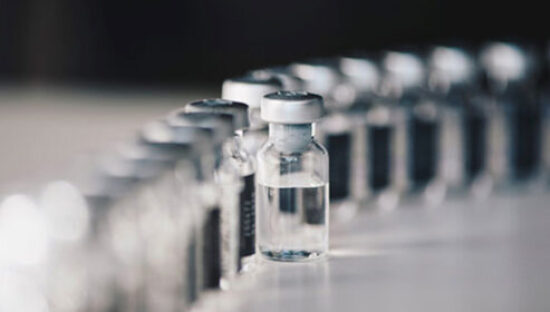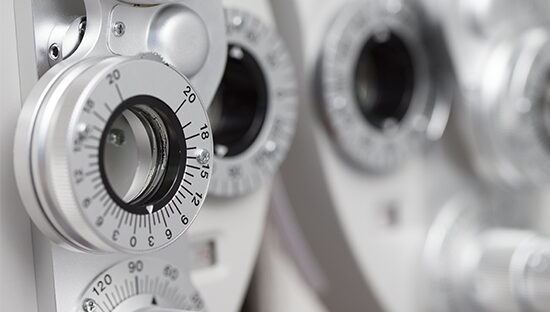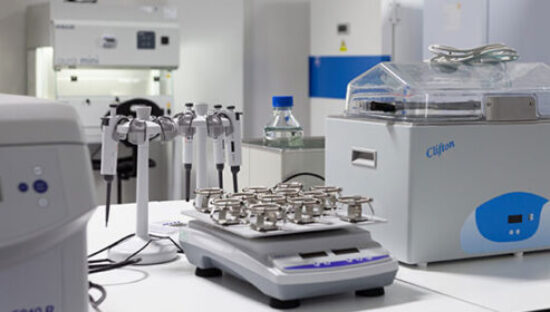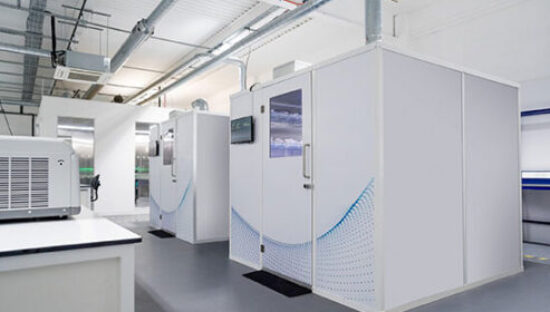To ensure a level of cleanliness, manufacturers need to determine the presence or absence of bioburden on their sterile or non-sterile medical devices according to requirements of ISO 11737-1:2018+A1:2021. The ISO 11737-1:2018+A1:2021 specifies the requirements to be met for the determination of bioburden of a medical device. The annexes included with this standard provide additional explanations and examples for how to use the test methods deemed suitable to conform with these requirements. The Bioburden test determines the total number of viable microorganisms in or on a medical device, container, or component. It is performed on any product that requires control and/or monitoring of bioburden counts. Even if the risk of product contamination is maintained at low level, the bioburden of the product may fluctuate from batch to batch. Therefore, product manufacturers are recommended to conduct routine tests regularly.
Sterility of medical device that have been exposed to a treatment with the sterilising agent needs to be validated and defined as part of medical device
certification validate and ensure that your sterilisation process is achieving the right level of efficacy and prove that is it effective when used with your product. The ISO 11737-2:2020 specifies the general criteria to test sterility of medical devices.
Test Labs provide bioburden testing of medical devices services to support manufacturers at all stages of product development and production.
Examples:
TYMC “Total yeast mould count”
TAMC “Total aerobic count”
Specific pathogen testing, e.g. testing your product for presence of E. coli, S. aureus, P. Aeruginosa, C. Albicans etc. Using ISO 11737 in conjunction with ISO 11137 to help validated the preferred sterilisation method of your product.






